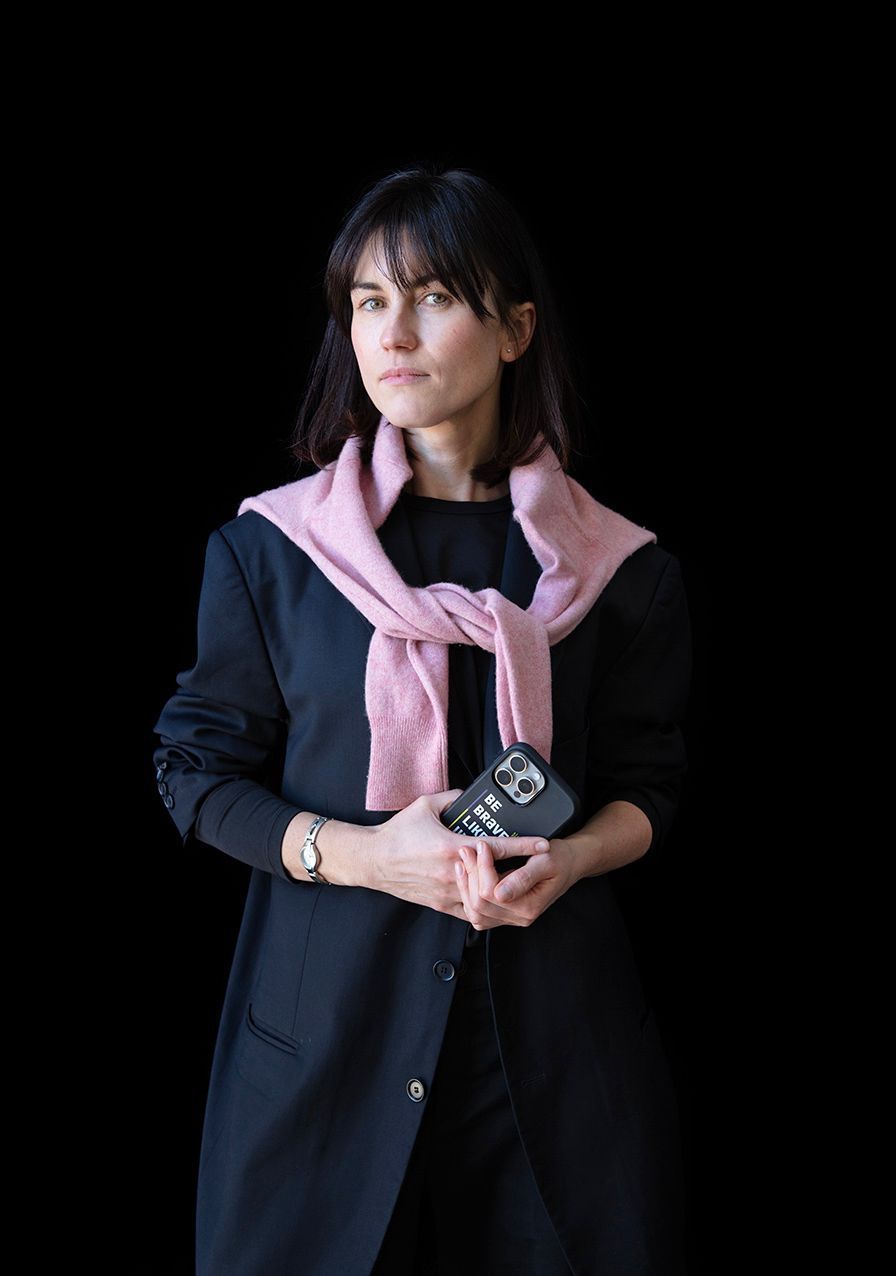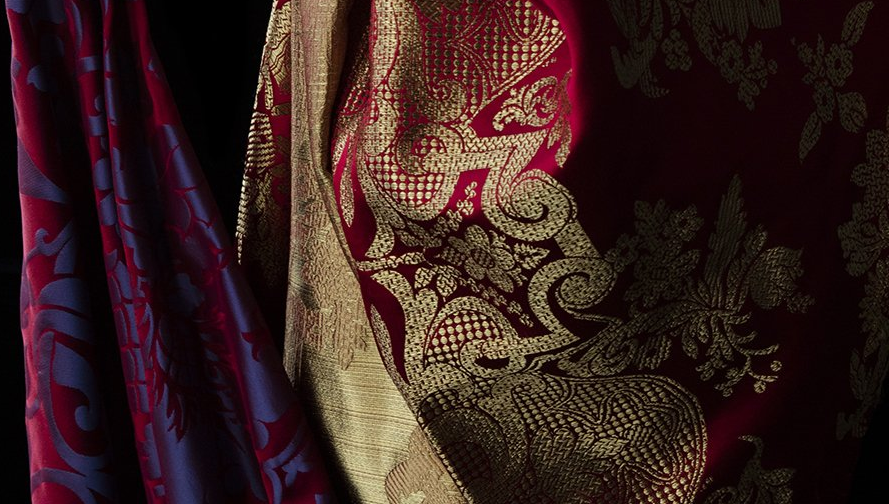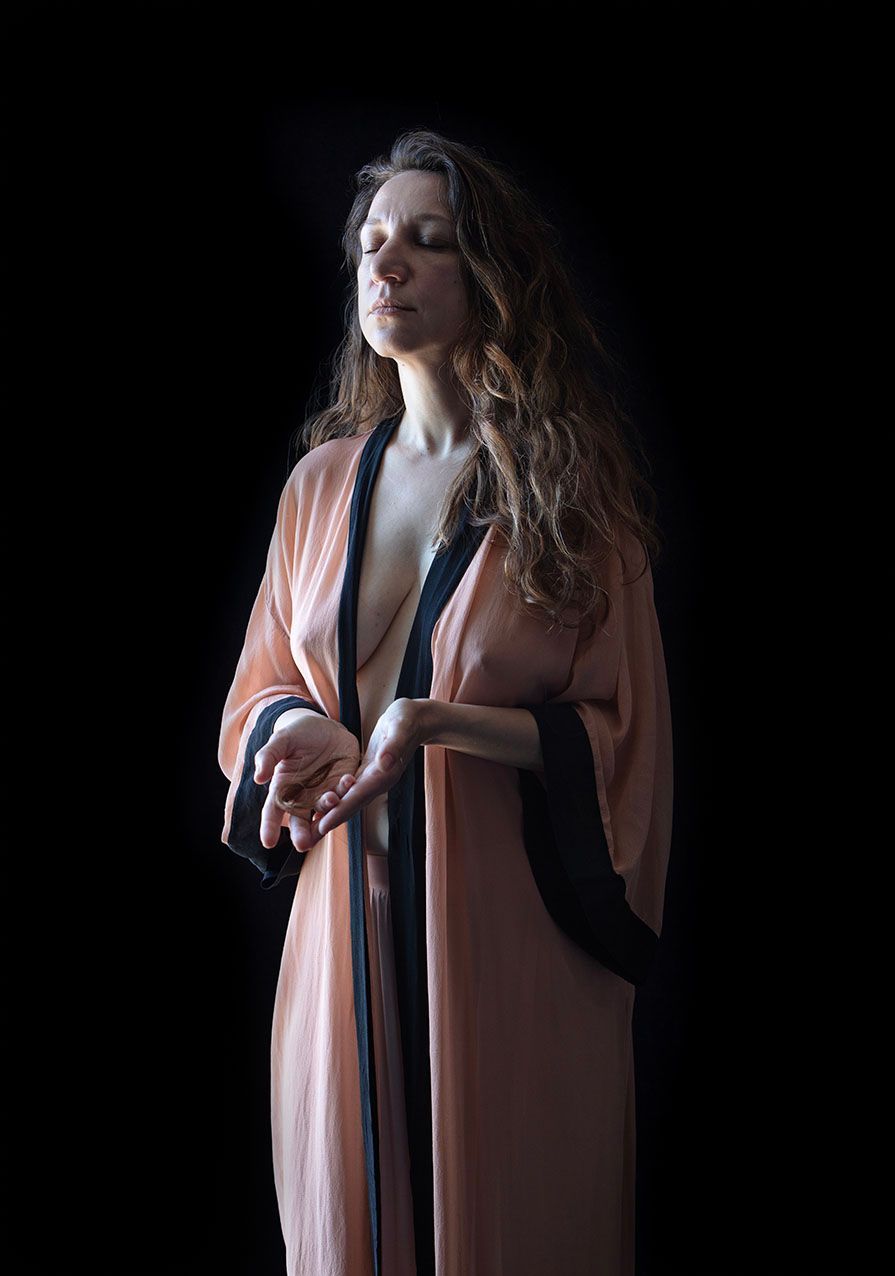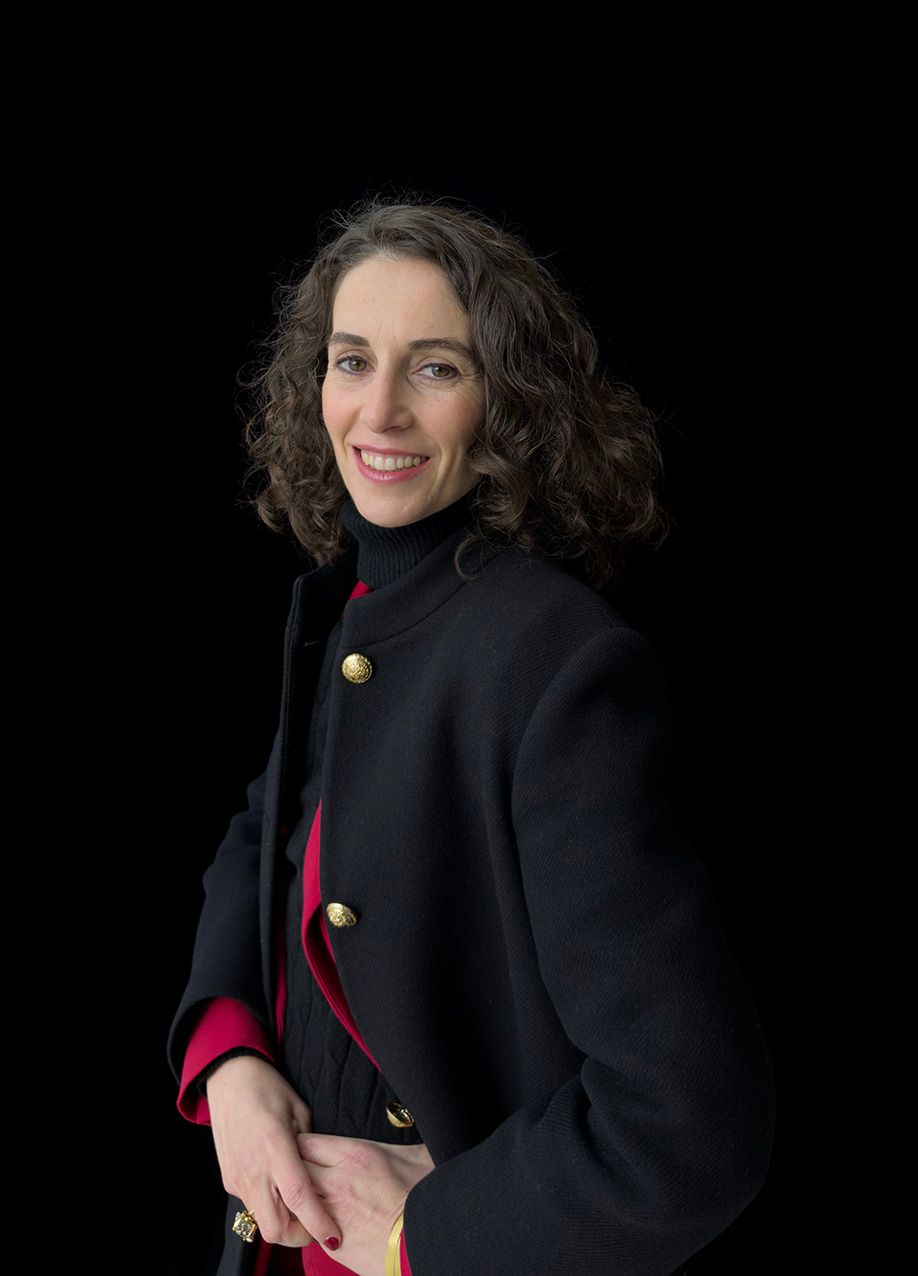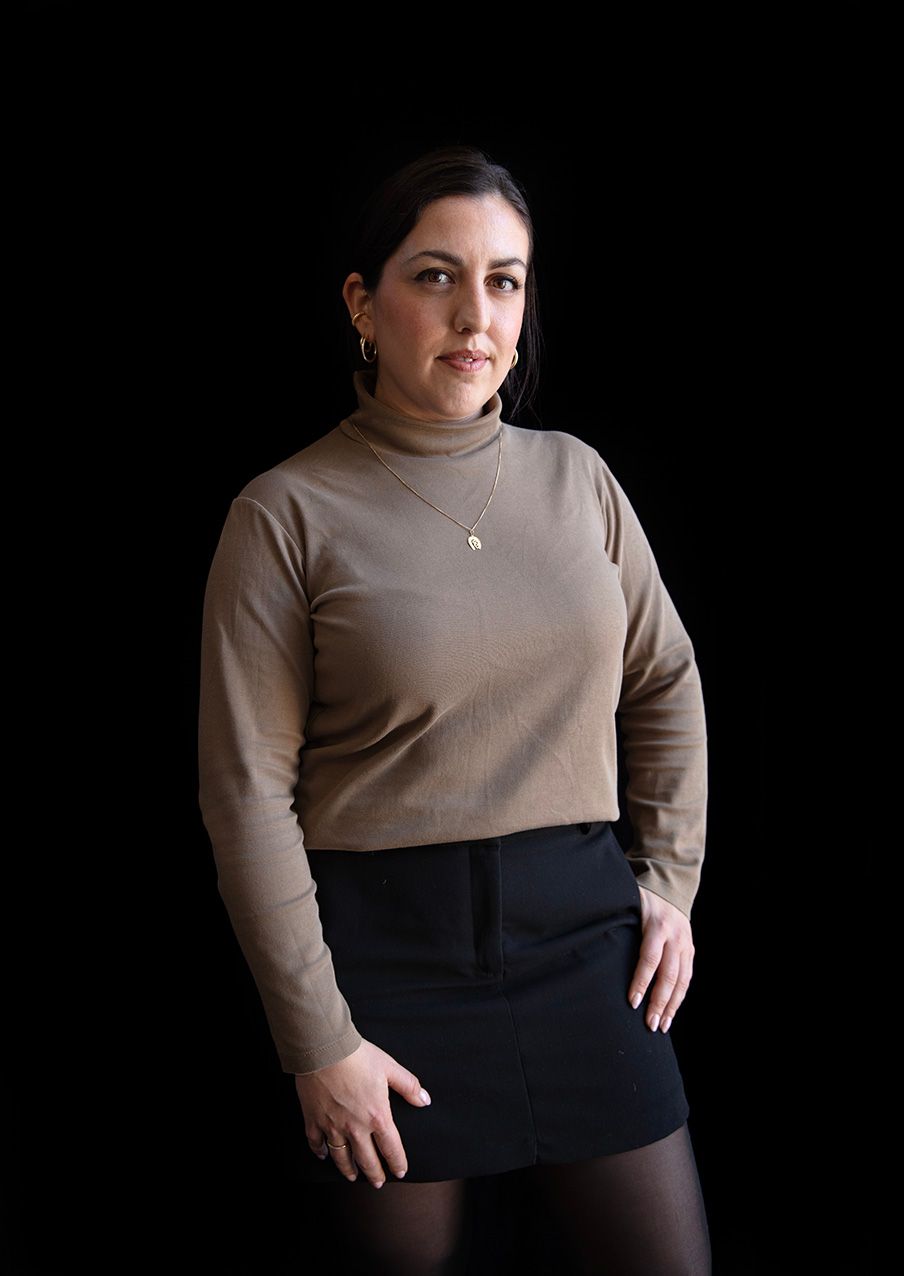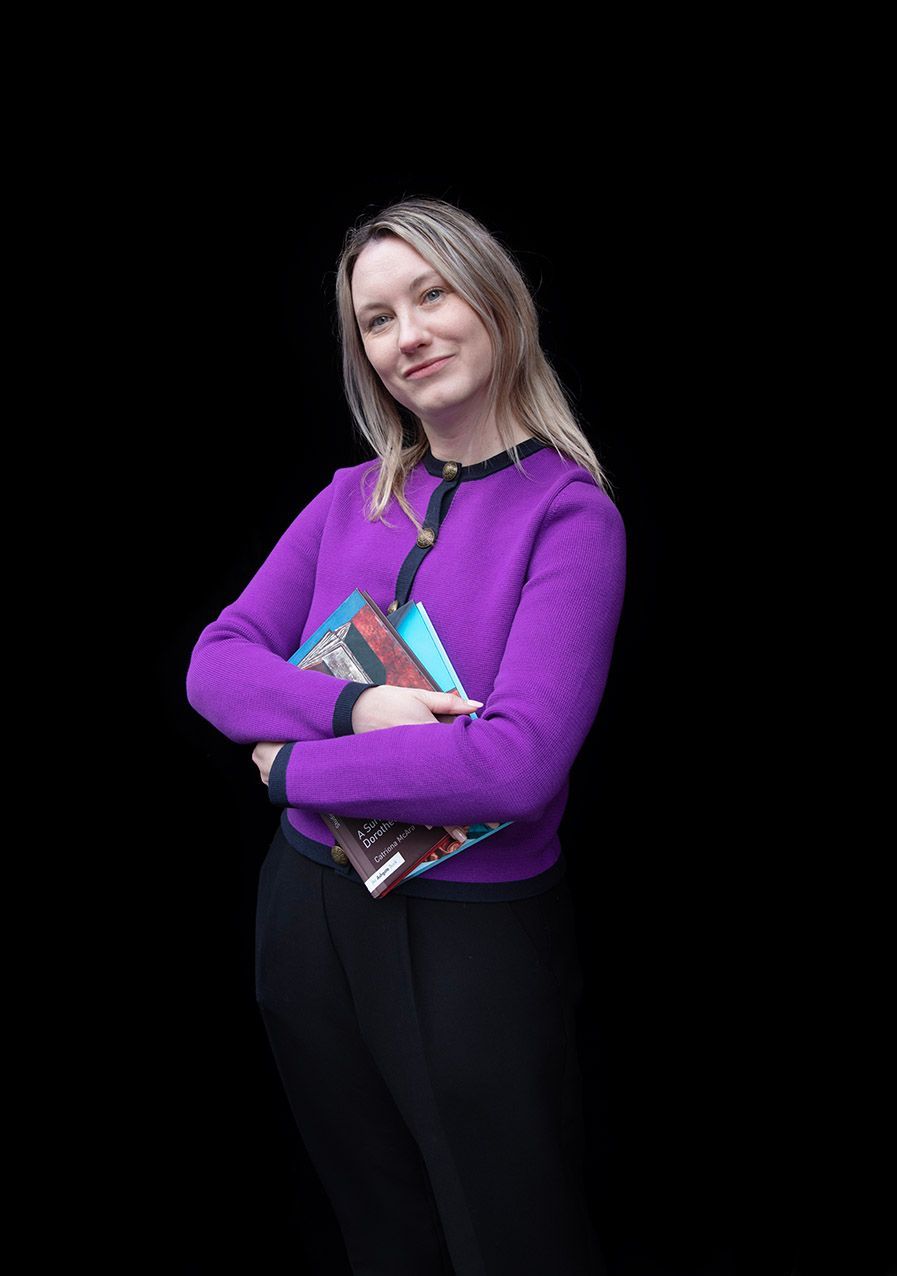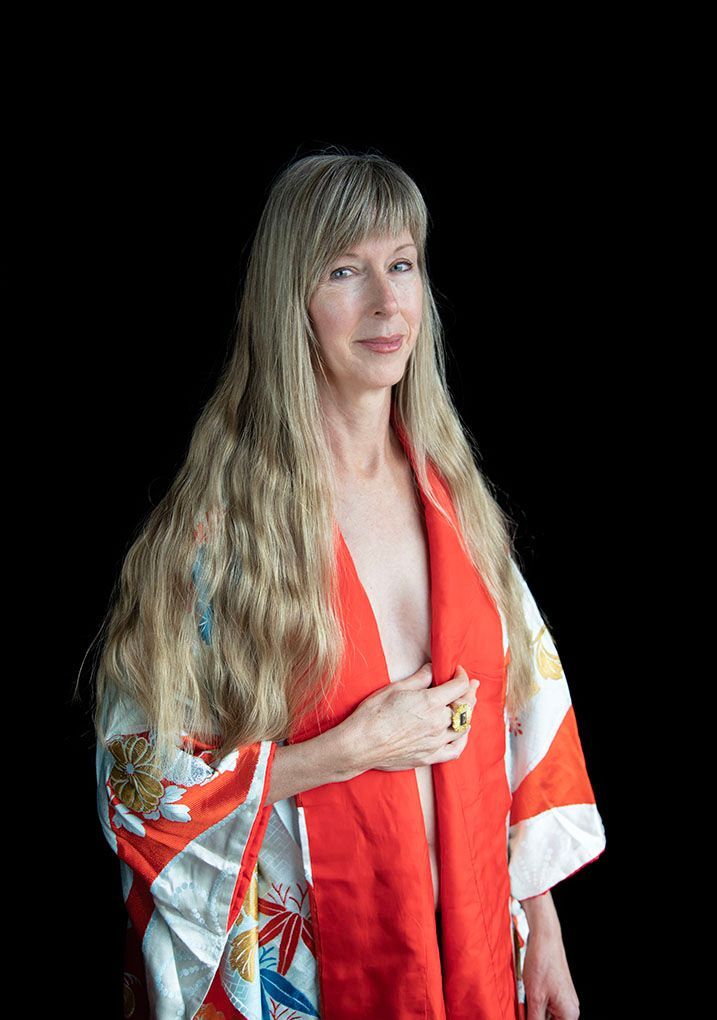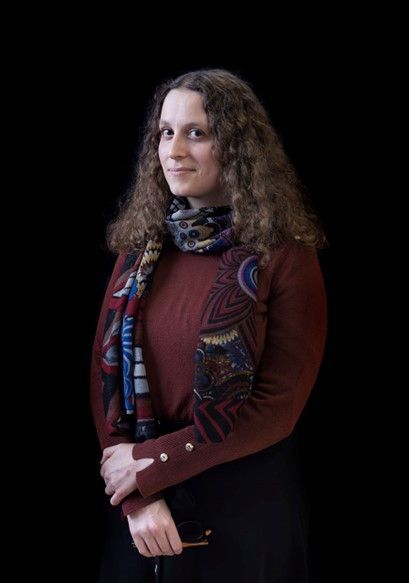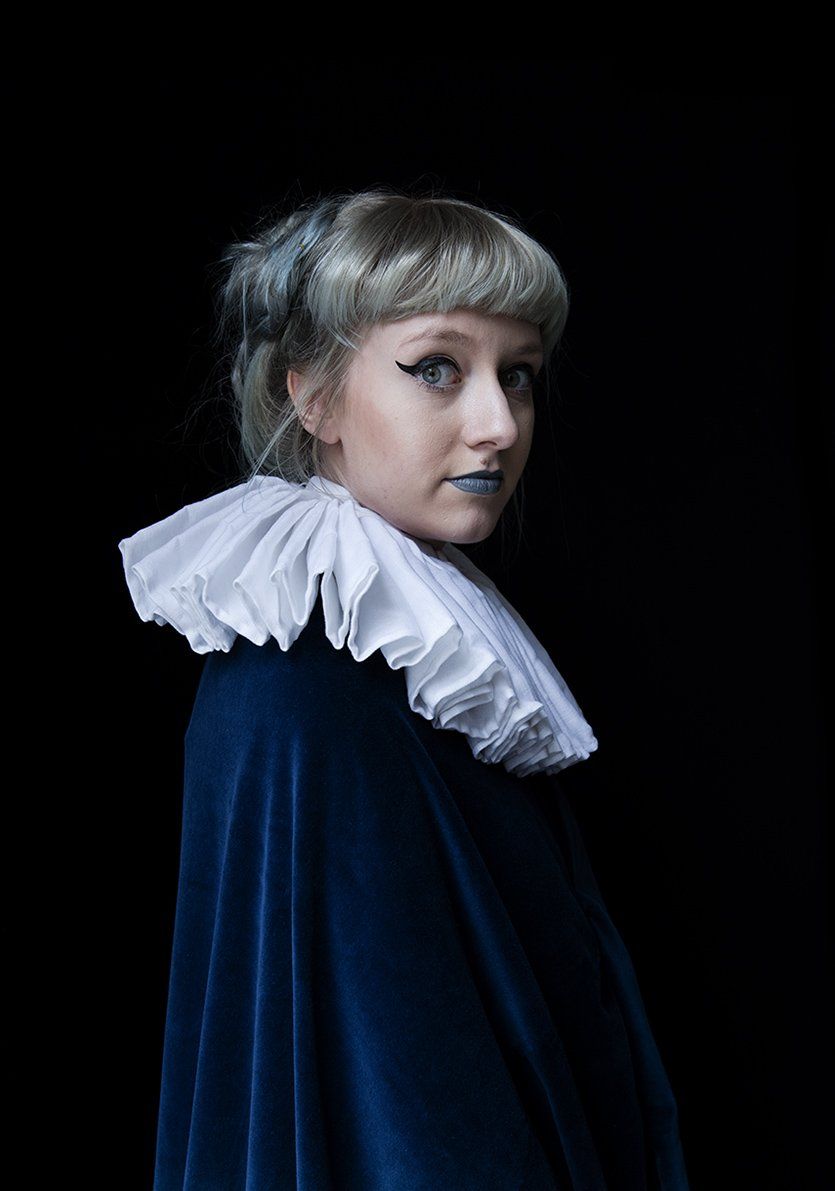Female Voices in Art: Interview with Julia Alexander
"I think it is inspiring to see women taking leadership roles in all aspects of the art world and hope that we can, through that leadership, serve as agents for the creation of ever more inclusion of all types of people in the arts community, from artists to institutions, from collectors to audiences."
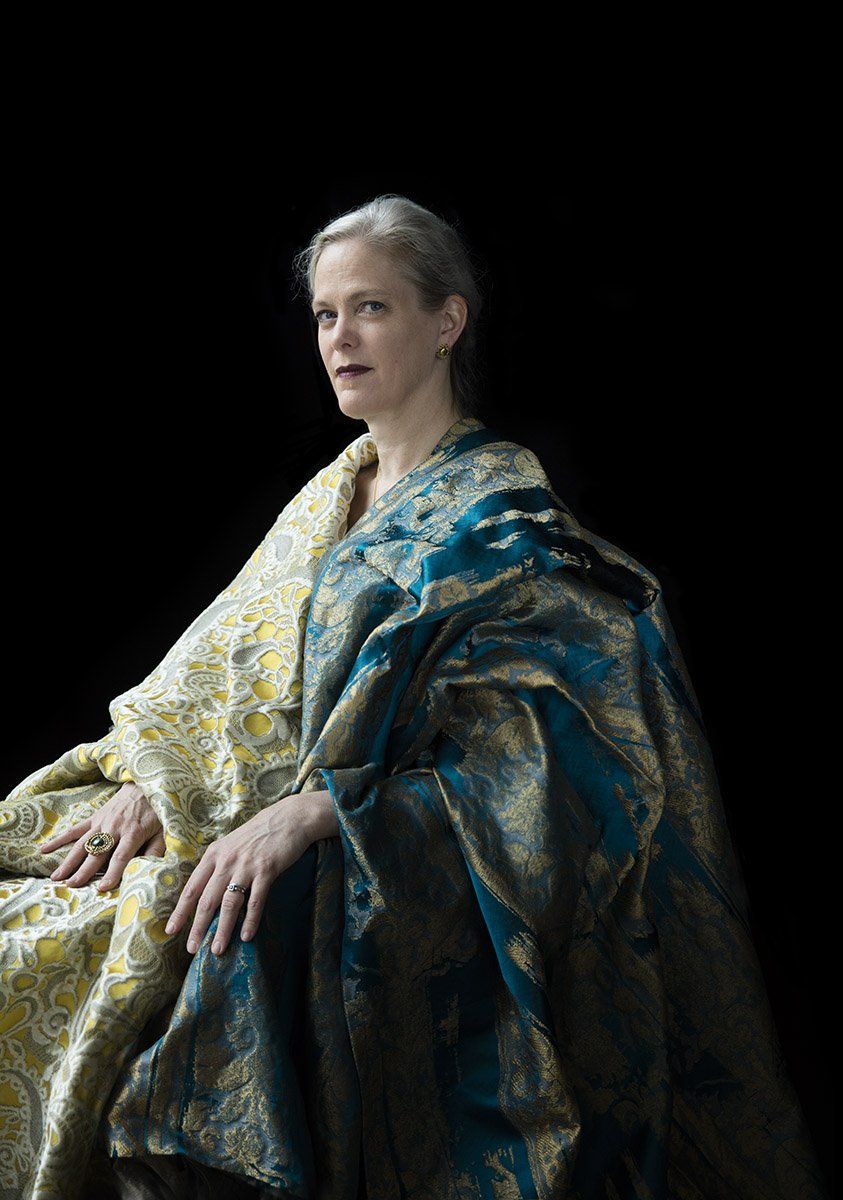
Julia Alexander (formerly Julia Marciari-Alexander) (b. 1967, Memphis, TN, US-d. 2025, Townson, MD, US) served as Head of the Samuel H. Kress Foundation since 2024. From 2013 to 2024 she was Executive Director & CEO of the Walters Art Museum, Baltimore, MD. The first woman to hold the post, she was inspired by the collaborative work that the museum undertakes to connect people with each other through the Walters collections, exhibitions and programs. A specialist in early modern European portraiture, she holds a Ph.D. in Art History from Yale University and an M.A. in French from New York University. Before that, she was Deputy Director for Curatorial Affairs at the San Diego Museum of Art, and Associate Director for Exhibitions and Publications at the Yale Center for British Art.
With sadness I heard today that Julia passed away on 4 May, after she had a heart attack. I wish her beloved ones much strength to bear the loss of this sparkling and warm-hearted woman. In 2019 I interviewed Julia for my Women in the Art World project. Please see her answers below.
Could you tell us something about your role in the art world?
I began my career in the arts as a graduate student in the history of art at Yale University, where I was able to use the university’s extraordinary collections—ranging from antiquity to the present, from across the globe, and of diverse media from paintings and sculpture to rare books and manuscripts both for my own research and in my teaching. Early on, I decided that working in museums afforded me the tremendous opportunity to bring the great works of human creativity from across time and the globe to the broadest audiences. As I have risen from PhD student to museum curator and most recently museum director, I have come to realize the great responsibility that cultural leaders have not only to steward the amazing objects that have lived long lives since their originary moment but also to employ them to spark authentic and often difficult conversations among the citizens of our current time. It is a great privilege to be the executive director of the Walters Art Museum in Baltimore Maryland (USA) in what is a seismic moment of change for global culture.
What did you enjoy about being a part of this project?
Meeting Carla, and having the honor of being one among the amazing women who are shaping the art world today.
Do you have a favourite artist?
Hmmmm. Rubens would probably trump all the others, but I’m also partial to Nicholas Hilliard, Edouard Manet, Howard Hodgkin, Jenny Saville, Rina Banerjee, and Titus Kaphar among others. Clearly I have a soft-spot for the figural tradition.
What is your earliest memory involving art?
My father had a transformational experience when he went on a scholarship from Tennessee to Oxford, England in the 1950s, and he and my mother felt it was important to introduce their children to travel and other cultures early on. Two moments of my travels with them in particular stand out for me as early memories of art—the first is from my earliest years when my parents and siblings would read children’s books like the Ant and Bee series or the Beatrix Potter books to me—more than the words, the illustrations opened my mind to fantastic worlds of figuration and abstraction—I still adore those books. The second took place in St. Peter’s Basilica on New Year’s Day in 1979 when I shared the collective experience that occurs in an architectural environment filled with people and great works of art. It was as if I were in a work of participatory theatre that had begun millennia before I even entered the world. Looking back, it seems it may have been that very moment in which I became destined to become a historian of visual culture.
Do you have any special thoughts about the position of women in the art world?
There is not enough space here! But, seriously, I think it is inspiring to see women taking leadership roles in all aspects of the art world and hope that we can, through that leadership, serve as agents for the creation of ever more inclusion of all types of people in the arts community, from artists to institutions, from collectors to audiences.
What are you wearing, and is there a story behind it?
I love this portrait because it is both an homage to and the embodiment of “transactional portraiture,” a concept upon which my doctoral thesis depended. I came to the shoot wearing a business suit (pants and a jacket), and Carla started taking photos of me wearing that. It was, however, over the course of our talking during that early part of the shoot that we came to find that we both work on the same subject, the portrait painter Sir Peter Lely and 17th-century portraiture and that we have all sorts of friends in common. Because of our discovery of a shared intellectual interests, she decided to base my pose on Lely’s portraits of women painted during the Restoration. As such, the portrait captures not just my appearance in a beautiful visual composition but also our shared scholarly interests and our relationship with each other as sitter and artist.
